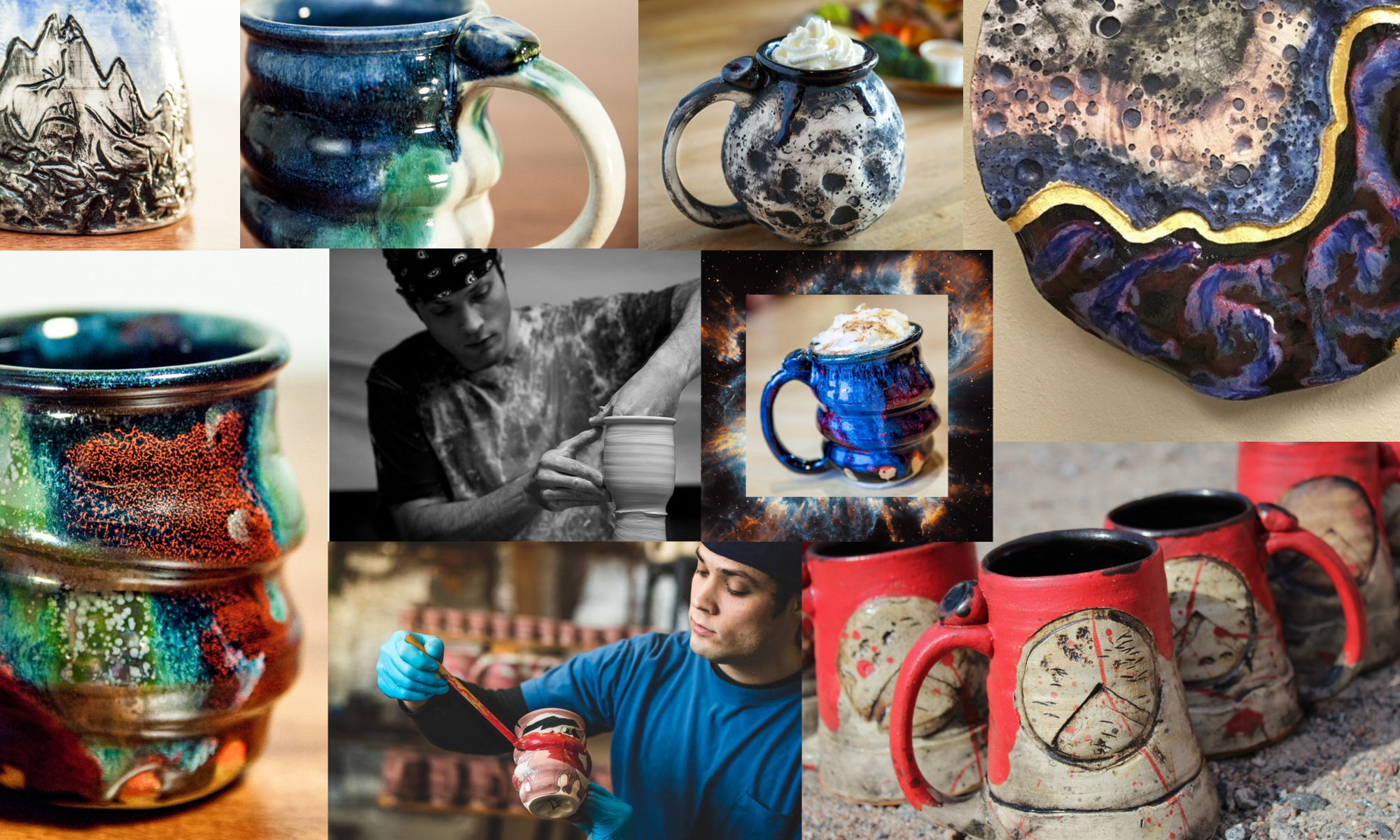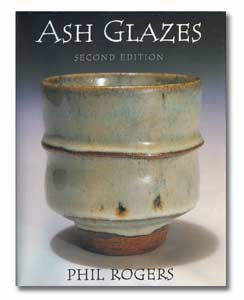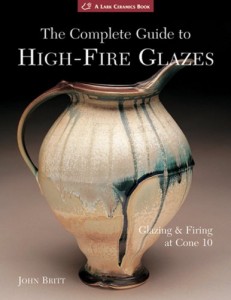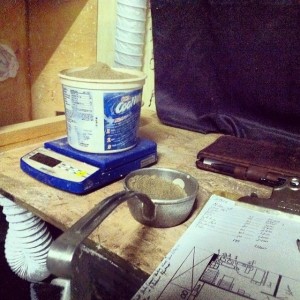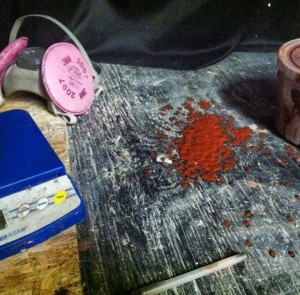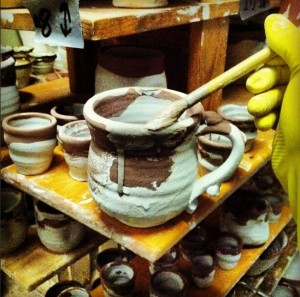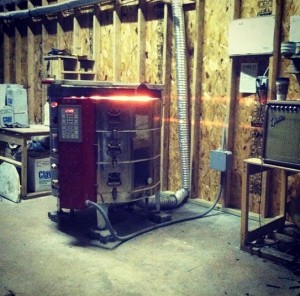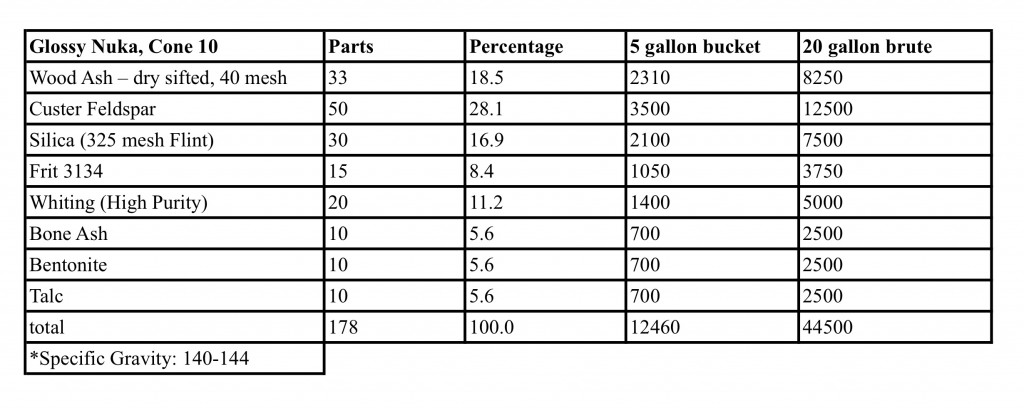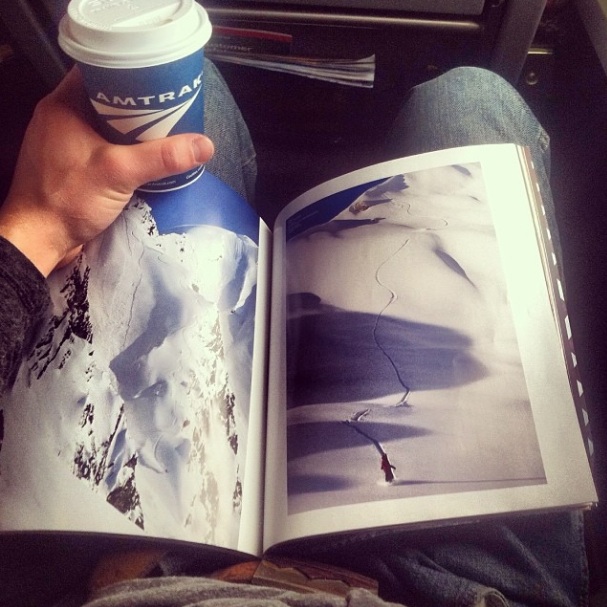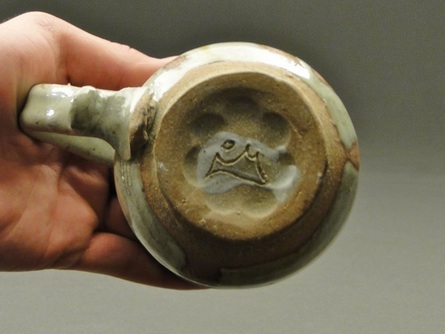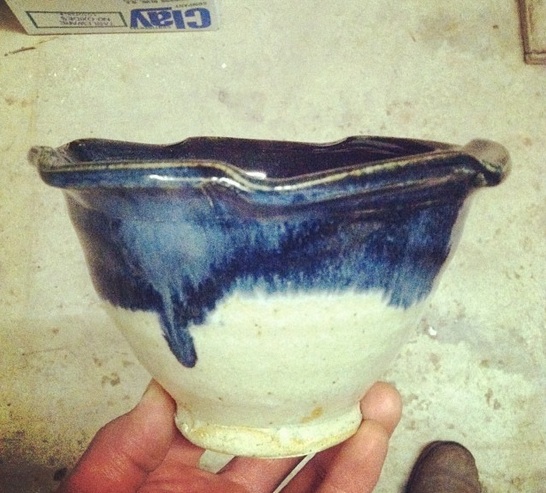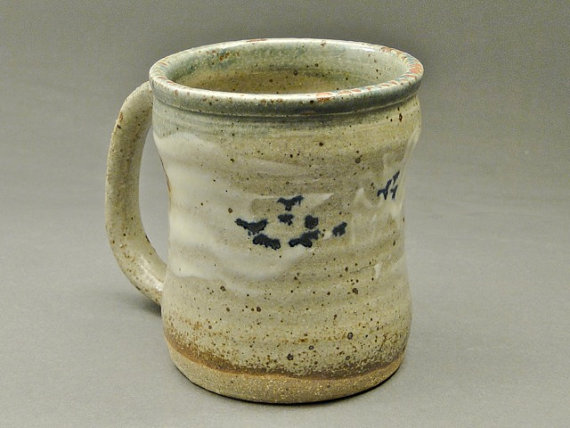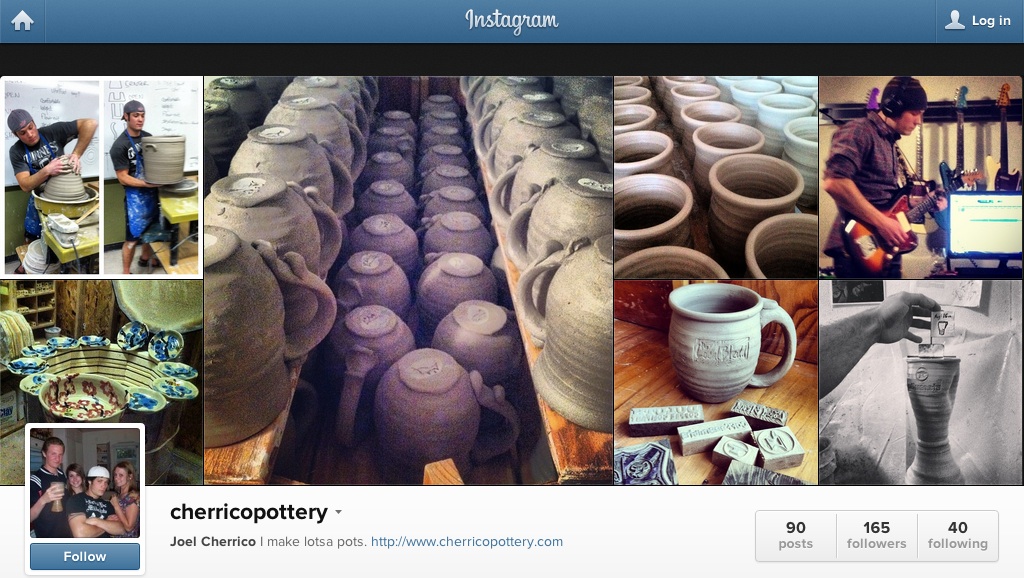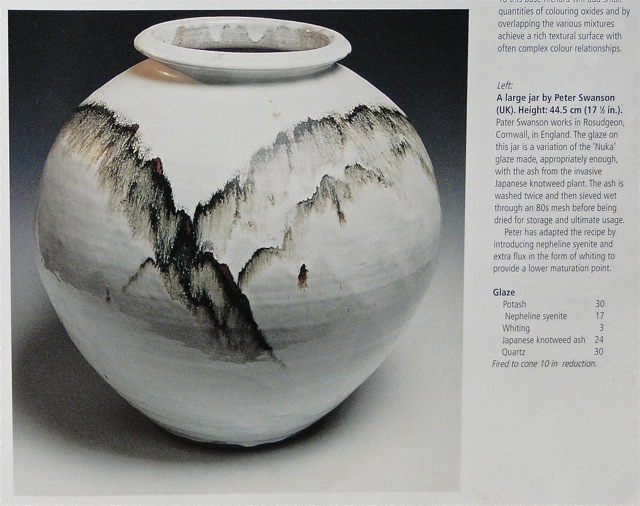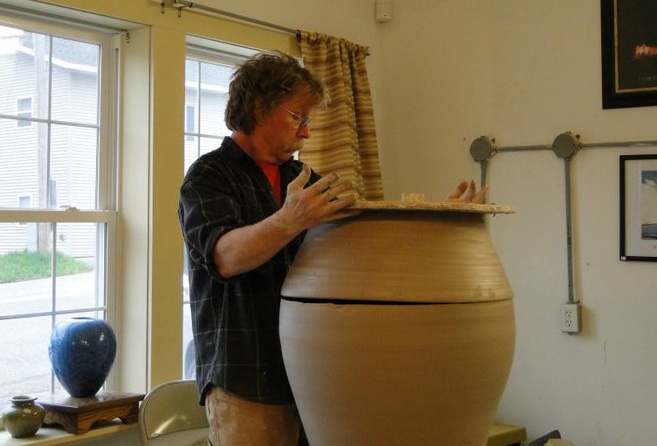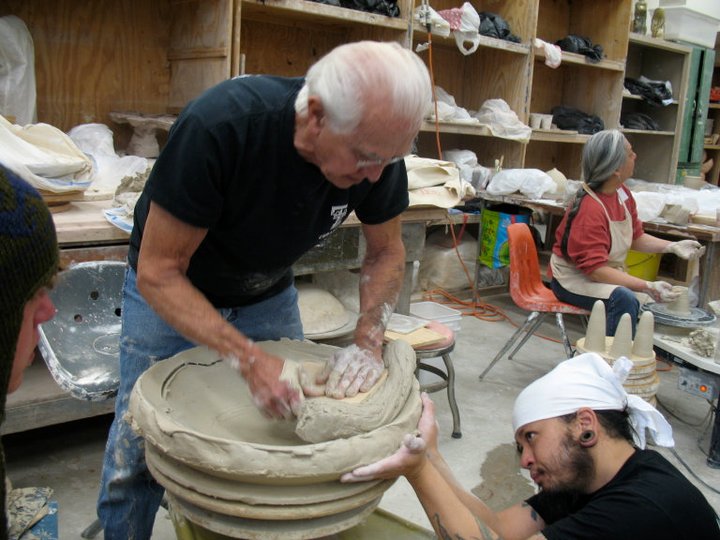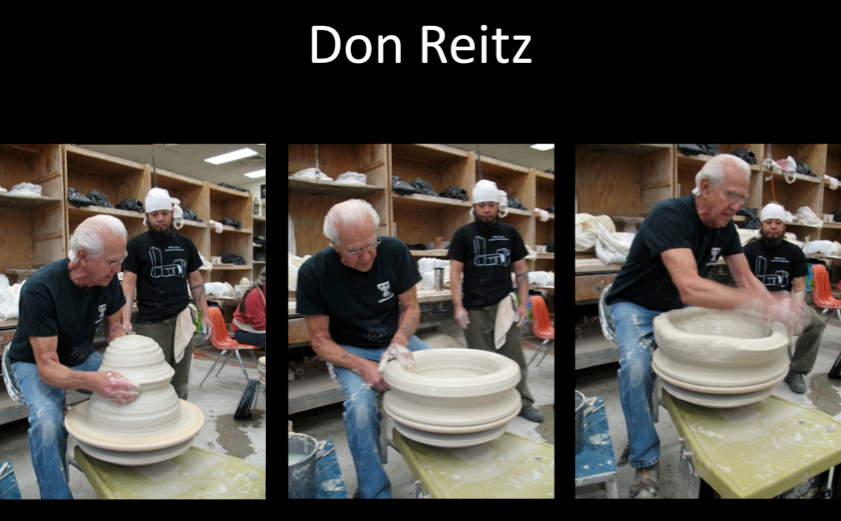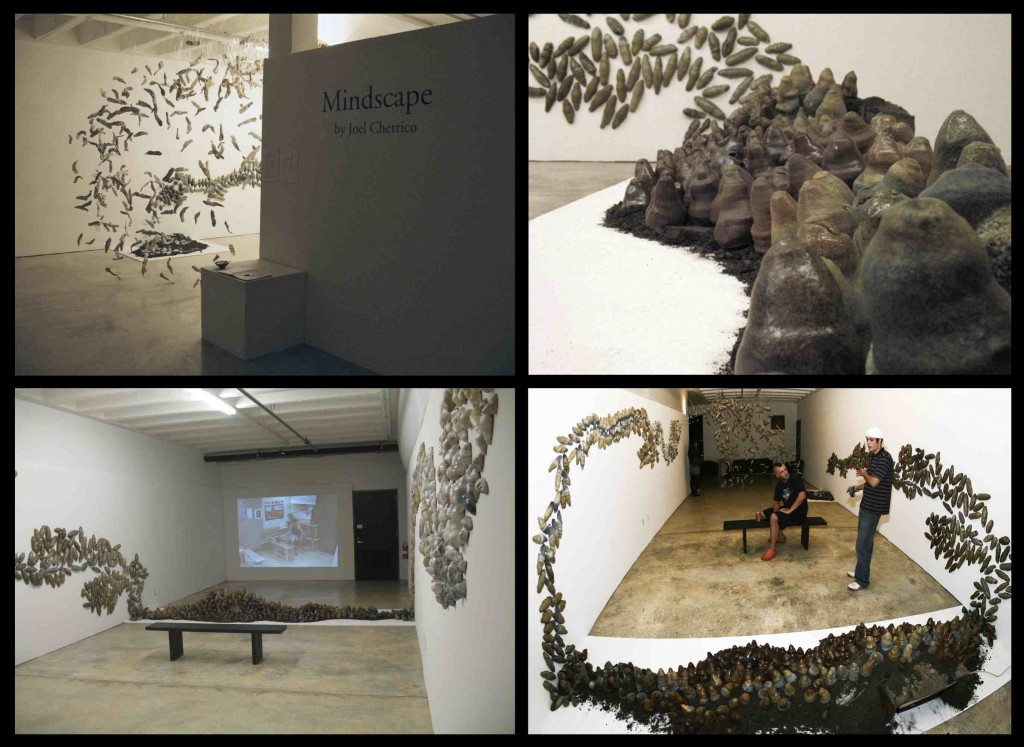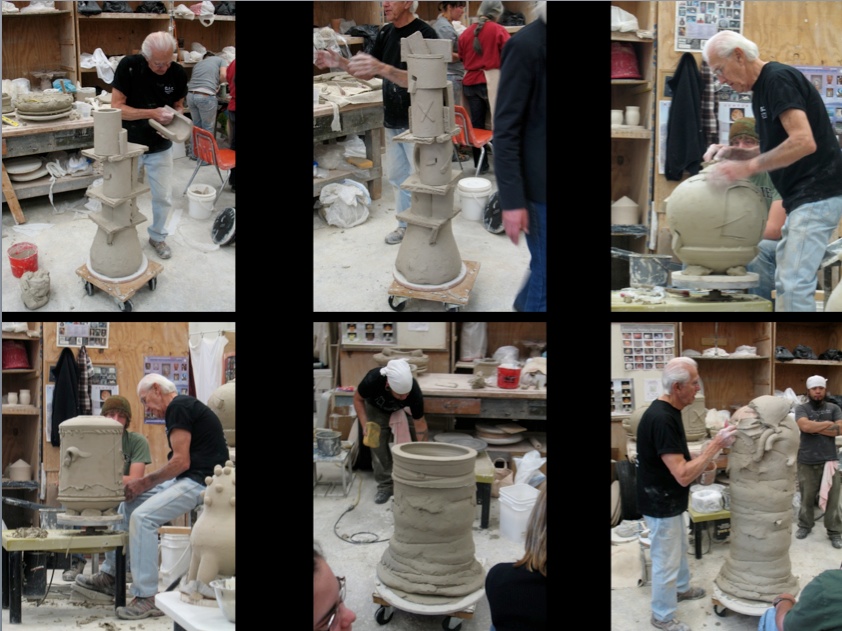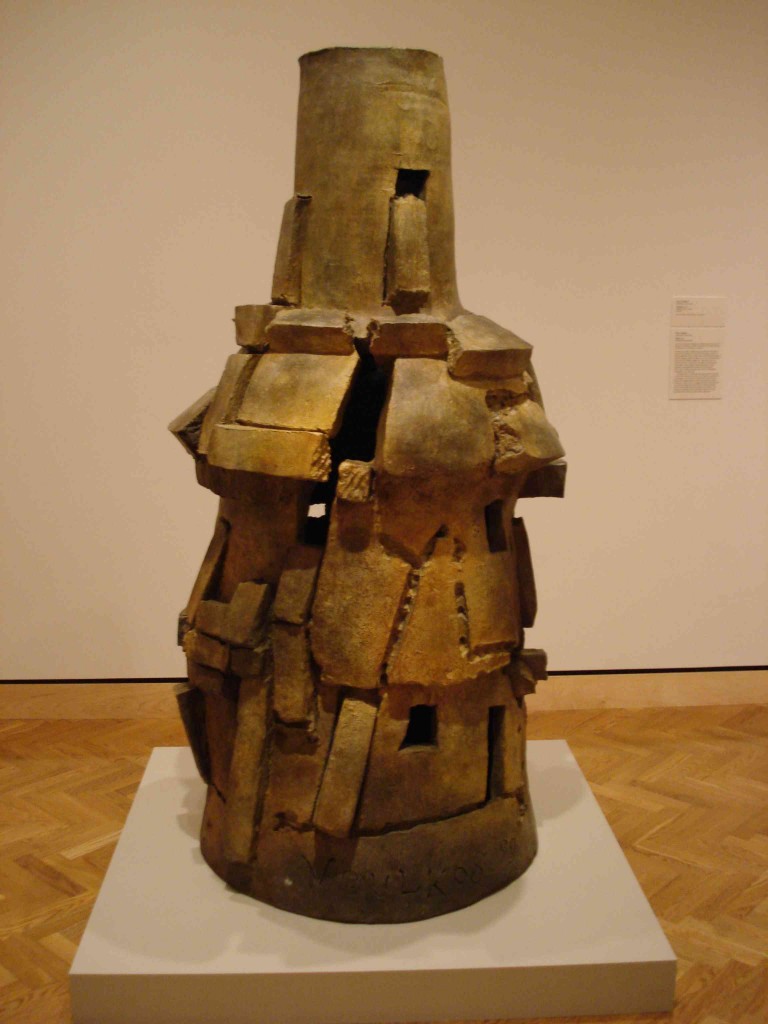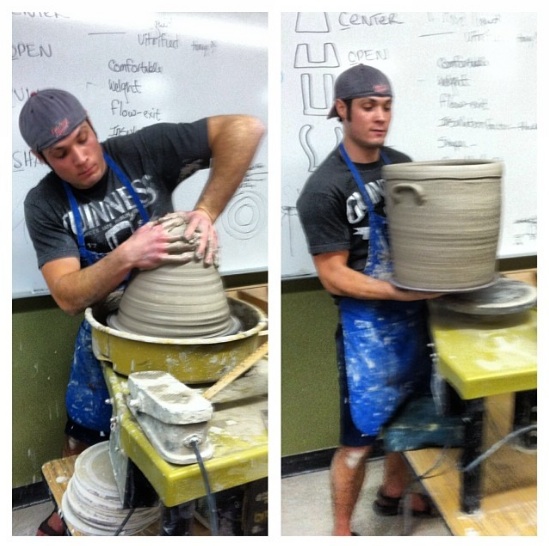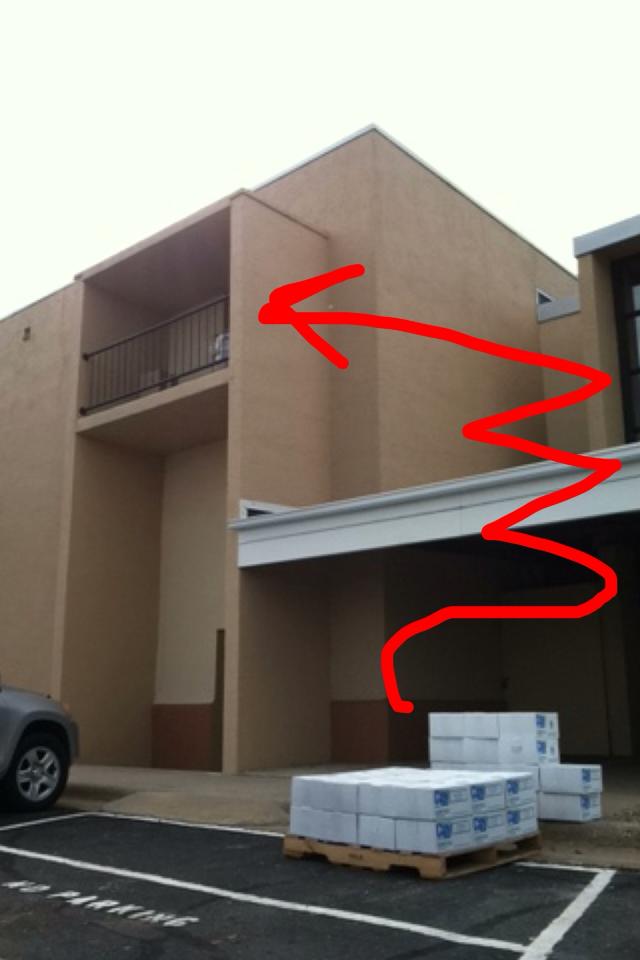
The New World Dictionary, Copyright 1967
In many ways, the work of the modern potter mirrors the work of the ancient alchemist. Potters blend earthly materials like clay, stone, and ash, into complicated glaze mixtures. Then through fire, these base substances transform into precious works of art. With glaze chemistry, and one part modern alchemy, potters turn the natural elements we once took for granted into the treasured artifacts we display in our homes and galleries.
It’s interesting to see how much the glazing, alchemy, and human life relate to each other. Bernard Leach, author of A Potter’s Book, helps us understand glazes by relating them to the body. He says most glazes have 3 main parts -the blood, bone, and flesh. Here’s how they work:
1.) Fluxing agent or “life blood of the glaze” – causes the glaze materials to melt and flow together in the kiln firing.
2.) Refractory or “bone of the glaze” – resists heat and melting, providing structure and strength to the glaze body.
3.) Glass Former or “flesh of the glaze” – creates complexity, depth and unique qualities.
(page 133-134)
Similar to Bernard Leach, the early alchemists fused their chemical efforts with the body. Calling their experiments the Magnum Opus, or “Great Work,” these men searched tirelessly for the right chemical concoctions that would enrich life or prevent death. In some ways, full-time potters do the same through glaze chemistry. They are constantly searching for that perfect potion that will immortalize a clay body and turn sand, water, and ash into gold.
These 2 books, by potters John Britt and Phil Rogers, gave Joel the necessary skills to develop that perfect glaze surface, but like the early alchemists, he’s still searching.
Like alchemy, glazing is often a fiery, messy, and sometimes toxic process. The kiln releases CO2, the powdered glaze materials are dangerous inhalants, and the heavy metal colorants cause skin irritation. Joel mixes all his glazing in an old boat shed. This dirty, dark laboratory gives him 24 hour access to glaze experimentation, providing the perfect amount of chaos to create beautiful works.
Joel’s pottery has to be strong enough to be used in a coffee shop everyday. The Local Blend Baristas say they wash a mug up to 5 times per day, 7 days per week! With this in mind, Joel adapted the Nuka glaze to suit the stress. Traditionally a simple 3-ingredient mixture, Joel added more chemicals to strengthen the glaze surface, reducing flaws like pinholes and crazing while increasing durability and gloss. Here’s the recipe for all the curious potters out there:
Some potters spend their careers trying to find the right glaze mixtures. In next Friday’s post, we’ll delve into some of these mixtures more and explore the lure of pretty blue pottery.

“At my St. Ives workshop each summer we are asked by three visitors out of four for colour and yet more colour, blue and the more intense the better, is easily the favourite.”
– A Potter’s Book, Bernard Leach, page 36
